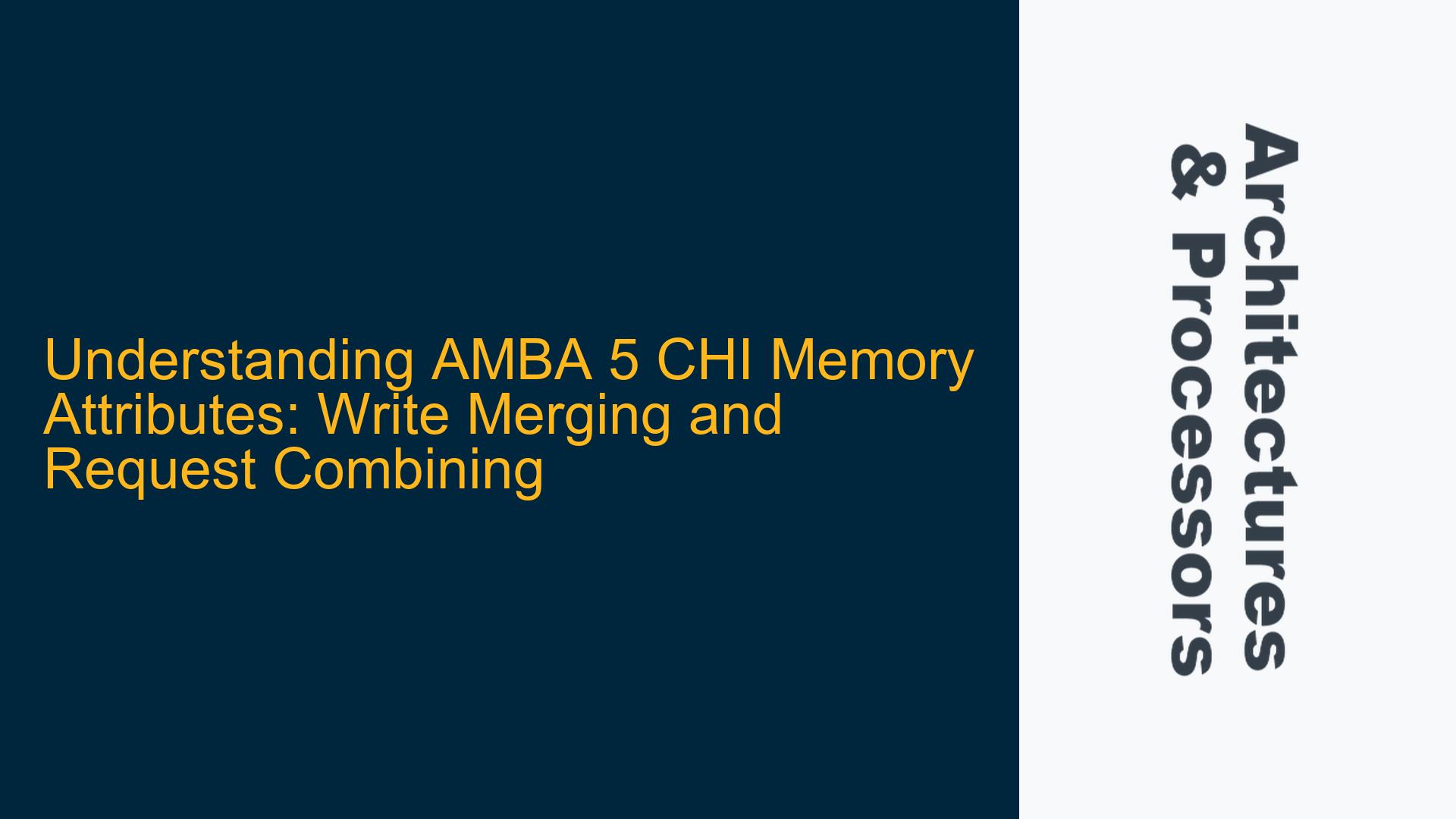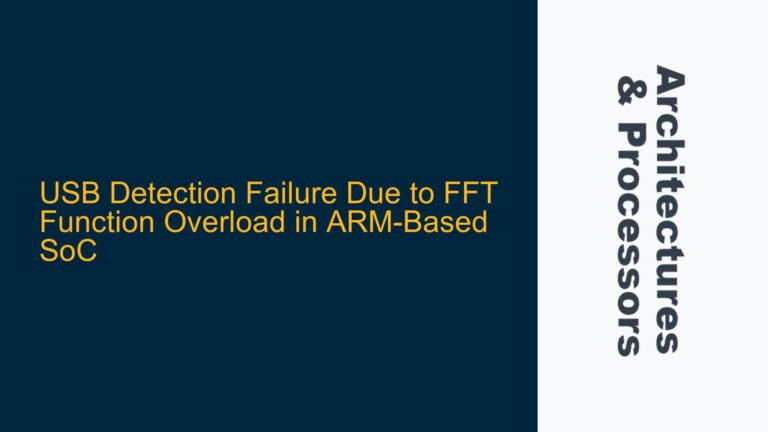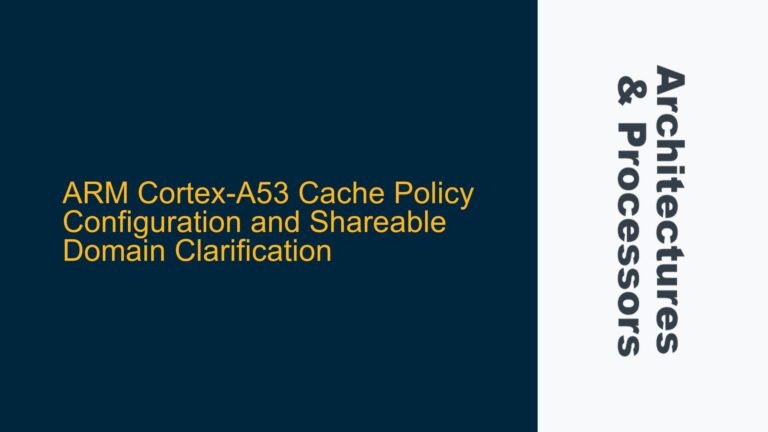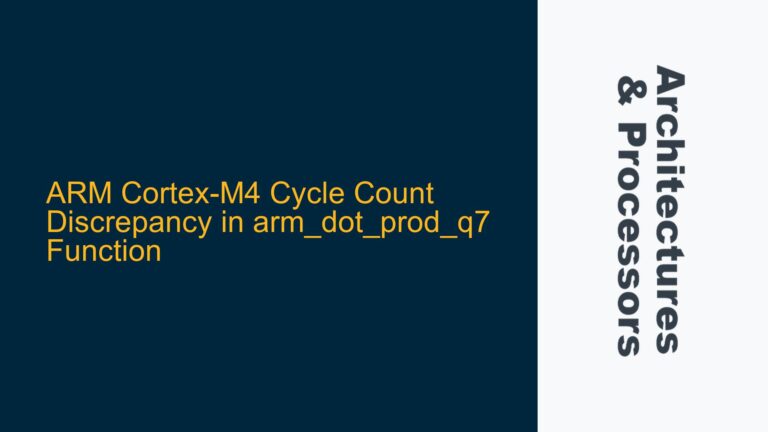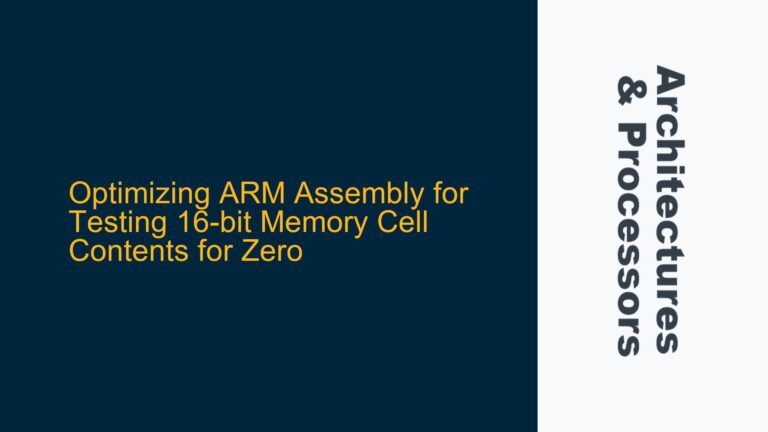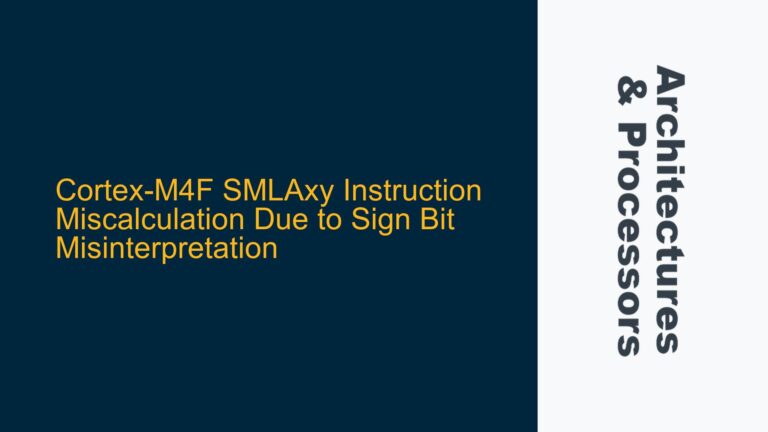AMBA 5 CHI Write Merging in Device Memory Type
The AMBA 5 CHI (Coherent Hub Interface) protocol specifies that writes must not be merged in the device memory type. This requirement is critical for ensuring correct behavior in systems where memory-mapped devices are involved. Write merging refers to the process by which multiple individual write transactions are combined into a single, larger write transaction. This optimization is typically performed to improve bus efficiency and reduce latency. However, in the context of device memory, merging writes can lead to unintended side effects, particularly when dealing with memory-mapped I/O devices where each write operation may have side effects that are not idempotent.
In a typical scenario, a software application might issue multiple store instructions to contiguous memory locations. Without write merging, each store instruction would result in a separate CHI write transaction. With write merging enabled, the hardware could combine these individual stores into a single CHI write transaction, thereby reducing the number of transactions on the bus. While this is beneficial for performance in general-purpose memory, it can be problematic for device memory. For example, a memory-mapped I/O device might interpret each write transaction as a command or trigger. If multiple writes are merged, the device might not receive the individual commands as intended, leading to incorrect behavior.
The CHI protocol enforces this restriction by specifying that writes to device memory must not be merged. This is typically controlled by memory attributes in the page table, which are used by the Request Node (RN) to determine whether write merging is allowed for a given memory region. The RN is responsible for ensuring that writes to device memory are issued as separate transactions, preserving the integrity of the device’s operation.
Memory Attributes and Request Combining in AMBA 5 CHI
Request combining is another optimization technique used in the AMBA 5 CHI protocol, which extends the concept of write merging to other types of transactions. Request combining allows the hardware to combine multiple requests to the same memory location into a single request, thereby reducing the number of transactions on the bus and improving overall system performance. This is particularly useful in scenarios where multiple read or write requests are issued to the same memory location in quick succession.
For example, consider a scenario where a software application issues a write followed by a read to the same memory location. Without request combining, the hardware would issue two separate transactions: a write followed by a read. With request combining enabled, the hardware could optimize this sequence by returning the data from the write directly to the read request, without issuing the read transaction externally. This is typically achieved by leveraging store buffers or other intermediate storage structures within the RN.
Request combining is controlled by memory attributes in the page table, similar to write merging. The RN uses these attributes to determine whether request combining is allowed for a given memory region. In the case of device memory, request combining is generally prohibited to ensure that each transaction is executed as intended. This is particularly important for memory-mapped I/O devices, where each transaction may have side effects that are not idempotent.
The CHI protocol provides flexibility in how request combining is implemented, allowing designers to optimize performance while ensuring correct behavior. However, this flexibility also introduces complexity, particularly when dealing with heterogeneous systems that include both general-purpose memory and memory-mapped I/O devices. Designers must carefully configure the memory attributes in the page table to ensure that write merging and request combining are enabled or disabled as appropriate for each memory region.
Implementing and Verifying CHI Memory Attributes in SoC Designs
Implementing and verifying the correct handling of CHI memory attributes in an SoC design requires a systematic approach that addresses both the architectural and implementation aspects of the design. The first step is to ensure that the memory attributes in the page table are correctly configured to reflect the characteristics of each memory region. This includes setting the appropriate attributes for device memory to disable write merging and request combining, while enabling these optimizations for general-purpose memory.
The next step is to verify that the RN correctly interprets and enforces these memory attributes. This involves creating a comprehensive test plan that covers all possible combinations of memory attributes and transaction types. The test plan should include both positive and negative test cases, ensuring that the RN behaves correctly when write merging and request combining are enabled or disabled.
Simulation is a critical tool for verifying the correct handling of CHI memory attributes. The simulation environment should include models of all relevant components, including the RN, memory controllers, and memory-mapped I/O devices. The testbench should be designed to generate a wide range of transaction sequences, including edge cases that stress the system’s ability to handle write merging and request combining correctly.
In addition to simulation, formal verification can be used to prove that the design adheres to the CHI protocol specifications. Formal verification tools can analyze the design and exhaustively check all possible transaction sequences, ensuring that the memory attributes are correctly interpreted and enforced. This is particularly useful for identifying corner cases that may be difficult to cover with simulation alone.
Finally, it is important to consider the impact of CHI memory attributes on system performance. While disabling write merging and request combining for device memory is necessary to ensure correct behavior, it can also have a negative impact on performance. Designers should carefully analyze the trade-offs between performance and correctness, and consider alternative optimizations that can be applied to device memory without violating the CHI protocol specifications.
In conclusion, understanding and correctly implementing AMBA 5 CHI memory attributes is critical for ensuring the correct operation of complex SoC designs. By carefully configuring the memory attributes in the page table, and thoroughly verifying the design using simulation and formal verification, designers can ensure that their systems perform optimally while adhering to the CHI protocol specifications.
